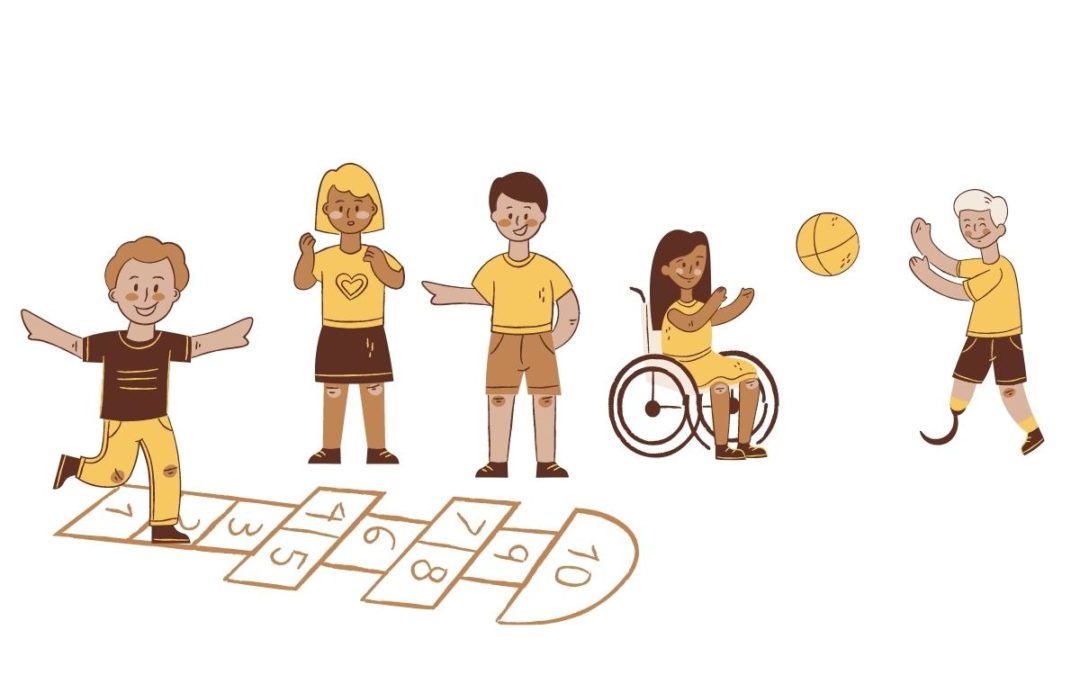The Bully without a Face
When I hear the word “bully,” I think of kids who corner other kids in the hallways and steal their lunches. A bully is an in-your-face offender. You know what a bully looks like, and you try to avoid confrontations at all costs.
With the rise of adolescent social media use, bullying has taken a new and even uglier turn. Cyberbullying, or Internet bullying, has become increasingly common in our nation and closer to home in our own community. A 2015 survey of over 400 randomly selected students in the Midwest found that over 34 percent of the students had been cyberbullied in their lifetime, and 21 percent had been cyberbullied one, two or more times in the last 30 days.1
Anonymity: A bullying superpower
Imagine for a moment that you are a bully. Now imagine you have a way to harrass your victims without actually showing your face. And then imagine you can do it any time of the day in front of a constant audience of people cheering you on. You would be limitless, right?
Anonymous social media apps are a perfect platform for this new breed of bullying. Unlike other social media outlets like Facebook and Instagram, these apps allow — and encourage — users to post photos, ideas and gossip without linking them to a specific identity. They have already caused huge problems at schools throughout the country, causing many school districts to call for bans on their use.
Here’s a list of some of the more popular anonymous apps, with descriptions from their respective websites:
YikYak: “Yik Yak is a location-based social network that helps people discover their local community, letting them share news, crack jokes, offer support, ask questions and interact freely.”
ASKfm: “At ASKfm, our premise is simple: We believe questions and answers are the building blocks of conversation, self-expression and deeper understanding … How you engage with friends and express yourself on ASKfm is done through the lens of what your social connections are curious to learn about you.”
Whisper: “Whisper is an online community where millions of people around the world share real thoughts, trade advice and get the inside scoop.”
After School: After School is an app that allows teens to sign up according to their high school. This app allows teens to anonymously post about their school and their friends. While the website and teens on the opening page talk about how they are free to be themselves and post positive messages, the site can become a haven for negative posts and bullying. This app is symbolized by a tiger icon.
Burn Note: A Burn Note is an online message with a timer that can only be viewed once by the recipient. The timer starts when the recipient opens the note and automatically destroys the Burn Note once they’re done reading it.
Based on my research, the most popular anonymous app with teens seems to be Yik Yak. It’s also one of the more controversial, and many school districts have made efforts to ban its use on campus.
Keep in mind that other apps, such as Facebook and Instagram, can easily fuel cyberbullying as well. Teens are pretty tech-savvy these days, and all they need to do to use one of the more traditional social media outlets is create a fake account.
What digital controls exist for parents?
Parental controls are present on iPhone and Android phones. For the iPhone, you can select options in the set up of your child’s phone that require your child to use a password you have provided to download apps. If you don’t provide the password then they can’t get the app. Also, you can select an option that allows you to get and see the apps they do download. With Android devices, Google Play requires a PIN that restricts your child’s access to settings and also allows you to set a maturity level for filtering content. You can see your child’s downloaded apps on an account.
TeenSafe’s home page claims it was “built by parents, for parents.” This website helps parents monitor their child’s texts, calls, social media, and phone location. It does require a monthly fee after a one week free trial. Teenology, TeenSafe’s blog, features industry experts that often provide tips for monitoring your child’s digital life.
Phone Sheriff is a phone monitoring software that allows parents to set limits on time and data usage. You install the software to your child’s mobile device, accept the terms and then view your child’s activities on your secure account. You can also decide with whom they can and cannot communicate or websites you do/don’t approve.
In addition to talking with your child, remember, you can also take screen shots of negative exchanges that record the time, date and platform where those messages were posted in case you believe something serious is taking place.
What other steps can parents take?
My kids are still young, but thinking about this issue already makes me feel powerless. What steps can we as parents take to prevent our kids from misusing these apps or being victims of their misuse?
I asked licensed professional counselor Anne Seay for her perspective on this issue, and her insights made me realize the problem is much more pervasive than even the statistics suggest.
“I see the victims of cyberbullying in my practice and witness firsthand how deep and long-lasting the scars can be,” said Anne. “Left untreated, the resulting depression and anxiety can last into adulthood. It is of utmost importance that both the victims of cyberbullying and the perpetrators get professional help.”
Anne noted two factors that make the cyberbullying problem even more complex than “normal” bullying:
The Tech Effect: “One important factor is that kids are often leaps and bounds ahead of parents, teachers and counselors with regard to technology. There are so many aspects of today’s technology and social media that adults are unaware of, including sites and apps that kids use to hide their online interactions. Even the most persistent parents cannot keep up.”
: “Another factor compounding the problem of cyberbullying is that kids are often reluctant to speak up and report the bullying. They may be embarrassed that they are being targeted by their peers, or they may fear further retribution and abuse if their peers hear that they’ve reported it. They may also deny or try to diminish the severity of the bullying in an effort to avoid the issue entirely.”
These compounding factors make it even more crucial for parents to be observant and take action if they suspect cyberbullying might be a problem. Signs of cyberbullying are similar to those of depression and anxiety. Anne suggests you seek help if you notice warning signs in your child’s behavior, including dramatic changes in personality, sleep patterns, weight, physical health, grades or friendships.
What if my child is being bullied?
In the event that your child is being bullied, Anne has some excellent advice:
“The internet is replete with information about how you can block numbers, set privacy settings and report harassment. Look it up and learn together what your rights are and how you can protect yourself. Ask your child what they would like to see happen. Ask your child, ‘How can I help?’ ‘What can I do without embarrassing you?’ The child needs to be a part of the solution. This helps them shed the ‘victim’ role and adopt a more empowered stance.”
The first step in preventing cyberbullying is exactly the opposite of what these apps offer: open, face-to-face communication. Although as parents we are often afraid to overstep our boundaries, Anne noted the importance of parental involvement:
“Since teens are often reticent to speak up about being bullied, parents need to be as involved as they can be. Talk to your kids about how to use the Internet and social media responsibly. Help them navigate their online world. Ask a lot of questions. Listen carefully to their answers and try not to overreact. Too often our emotions get in the way when we are interacting with our teens, and they often shut down when we overreact.”
*Anne Seay is a Licensed Professional Counselor in private practice and works with adolescents, young adults and families.
References
1. Cyberbullying Research Center, “2015 Cyberbullying Data,” May 1 2015. http://cyberbullying.org/2015-data/
By Nicole Crawford










0 Comments